#helma sanders-brahms
Explore tagged Tumblr posts
Text

Mein Herz - Niemandem!
The life of Jewish Expressionist poet and performance artist, Else Lasker-Schüler (1869-1945), told chronologically in vignettes given context by archival footage of turn-of-the-century Germany, World War I, and the ascent of the Third Reich. Her poetry often comprises the soundtrack. We see her in relation to men: her first husband, whom she leaves after her son is born; artists like Chagall and Franz Marc; an older muse and then a second husband; and, Gottfried Benn (1886 - 1956), physician and poet. Benn's life is also chronicled: homosexual encounters, his attraction to Else and the Berlin scene, and his politics. Her poems addressed to him define this cultural moment.
17 notes
·
View notes
Text

Helma Sanders-Brahms, November 20, 1940 – May 27, 2014.
7 notes
·
View notes
Text

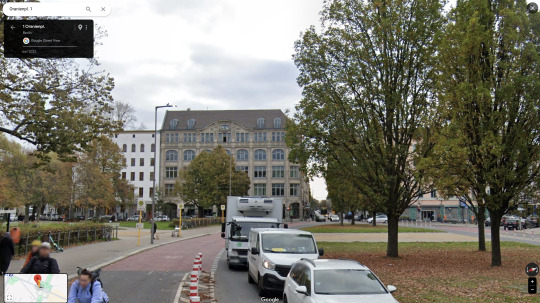
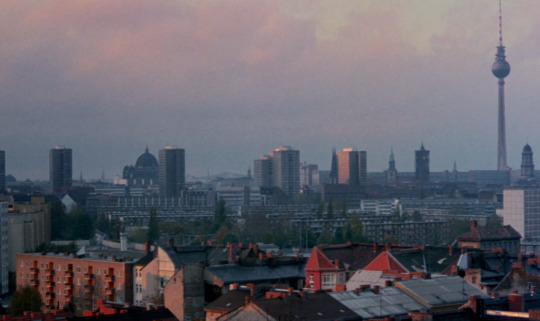

Laputa Helma Sanders-Brahms. 1986
Apartment Oranienpl. 2, 10999 Berlin, Germany See in map
See in imdb
#helma sanders-brahms#laputa#sami frey#krystyna janda#kreuzberg#germany#berlin#west berlin#movie#cinema#film#location#google maps#street view#1986
24 notes
·
View notes
Text
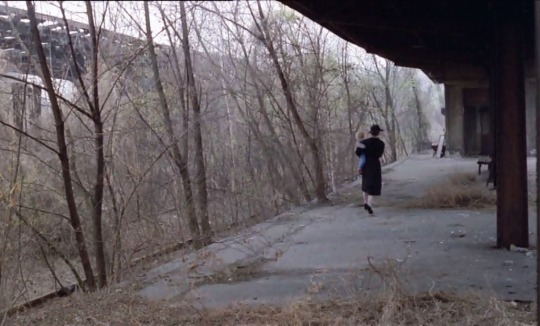
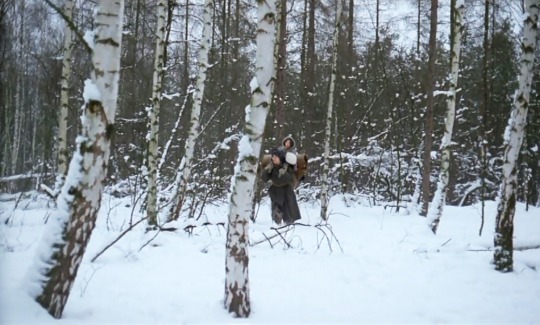



Deutschland bleiche Mutter (Germany Pale Mother | Helma Sanders-Brahms | 1980)
24 notes
·
View notes
Photo



No Mercy No Future (1981)
Helma Sanders-Brahms
44 notes
·
View notes
Text

"Das Erdbeben in Chili" (1975), dir. Helma Sanders-Brahms
2 notes
·
View notes
Text

Germany, Pale Mother (1980)
Director: Helma Sanders-Brahms
A key work of the New German Cinema, charting a relationship, and by extension a nation, between 1939 and 1950.
0 notes
Text
Quinzaine 55 : show these films that we cannot see ! 4/4
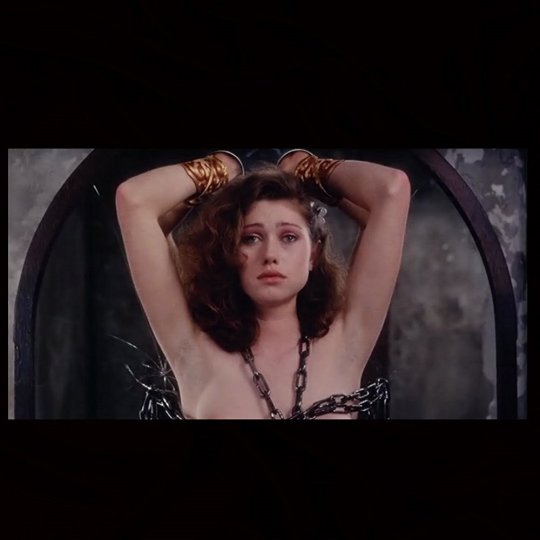
La Quinzaine will have other great surprises in store for us, such as the Franco-Japanese co-production of Fruits de la passion by Shuji Terayama in 1981, a very free adaptation of Retour à Roissy by Pauline Réage. The even freer adaptation in 1986 of the Devil with a body by Marco Bellocchio and its real fellatio which will cost Maruschka's career dearly. The dreamlike, the lyrical, the diaphanous Kissed, the first film by Lynne Stopkewich, a necrophiliac fable taken from a short story by Barbara Gowdy. And the very contemporary Leap Year by Michael Rowe exploring the mechanics of a sadomasochistic couple.
Then other forgotten films: The Girl Offered by Helma Sanders-Brahms, Irezumi – Tattoo Spirit by Yoichi Takabayashi, The Cold Esquimaude by Janos Xantus, Annabelle Partagée by Francesca Comencini…

So many films around one and the same subject, an ancestral problem that seems to rule the world: sex. Political sex, social sex, spiritual sex, sexes, sexualities. Sometimes represented with modesty, sometimes with exuberance, sex is honored in these works which have been able to magnify it with respect.
Sexuality, even over-represented, is still taboo. A small part of each of us sleeps in a shell of ice. The role of these films is, among other things, to melt this armor so that the spectator discovers with emotion another facet of his personality, beautiful, pure, and luminous.
La Quinzaine is the receptacle of sensuality from all over the world. She delivers a haven of cottony warmth to one of the biggest cinematographic institutions. She does not deny what makes up an entire part of Man, she embraces it, she appropriates it, with a program that is always precise and surprising. La Quinzaine reinvents sex on the big screen and gives it credibility. - Clara Sebastiao
4 notes
·
View notes
Text
Helma Sanders-Brahms
Director and screenwriter Helma Sanders-Brahms was born in 1940 in Emden, Germany. Sanders-Brahms was a major figure in New German Cinema. Over the course of her career, she wrote and directed 16 feature films and 7 documentaries. Her film Germany, Pale Mother was negatively received by critics in her home country upon its initial release, but has since come to be regarded as a classic. Her 1976 film Shirins Hochzeit, which told the story of a Turkish woman who fled to Germany to escape an arranged marriage. The film highlighted the experiences of migrant workers in the country, which had been under-explored in cinema at the time.
Helma Sanders-Brahms died in 2014 at the age of 73.
1 note
·
View note
Text





















~ " - Clara Josephine Schuman Née Wieck -, was one of the most prolific and important pianists and composer of the German Romantic era. Born on September 13, 1819 to two pianists, she was trained by her father from an early age and started giving concerts when she was eleven. Clara married composer and pianist Robert Schumann in 1840 and had eight children with him. Throughout her marriage and after her husband died in 1856, she continued working, composing and performing. She died on May 20, 1896. Regarded as one of the most distinguished pianists of the Romantic era, she exerted her influence over the course of a 61-year concert career, changing the format and repertoire of the piano recital by lessening the importance of purely virtuosic works. She also composed solo piano pieces, a piano concerto (her Op. 7), chamber music, choral pieces, and songs. She grew up in Leipzig, where both her father Friedrich Wieck and her mother Mariane were pianists and piano teachers. In addition, her mother was a singer. Clara was a child prodigy, and was trained by her father. She began touring at age eleven, and was successful in Paris and Vienna, among other cities. She married the composer Robert Schumann, and the couple had eight children. Together, they encouraged Johannes Brahms and maintained a close relationship with him. She gave the public premieres of many works by her husband and by Brahms. After Robert Schumann's early death, she continued her concert tours in Europe for decades, frequently with the violinist Joseph Joachim and other chamber musicians. Beginning in 1878, she was an influential piano educator at Dr. Hoch's Konservatorium in Frankfurt, where she attracted international students. She edited the publication of her husband's work. Schumann died in Frankfurt, but was buried in Bonn beside her husband. Several films have focused on Schumann's life, the earliest being Träumerei (Dreaming) of 1944. A 2008 film, Geliebte Clara (Beloved Clara), was directed by Helma Sanders-Brahms. An image of Clara Schumann from an 1835 lithograph by Andreas Staub was featured on the 100 Deutsche Mark banknote from 1989 to 2002. Interest in her compositions began to revive in the late 20th century, and her 2019 bicentenary prompted new books and exhibitions. Born: Clara Josephine Wieck on 13 September 1819 in Leipzig, Kingdom of Saxony, German Confederation - Died: on20 May 1896 (aged 76) in Frankfurt, German Empire." ~
1 note
·
View note
Text
Cinéma allemand
Wim Wenders
Les ailes du désir
Fassbinder (lié aux films mélodrames de Douglas Sirk)
Le mariage de Maria Braun
Les larmes amères de Petra Van Kant
Lola une femme allemande
Kluge Schamoni
La brutalité des Pierres (61)
Helma Sanders Brahms
Allemagne mère blafarde (80)
Film collectif de la génération
Allemagne en Automne (78)(choc) Analyse
Schlöndorff
L’honneur perdu de Katarina Blum
0 notes
Photo










Laputa (Helma Sanders-Brahms, 1986).
23 notes
·
View notes
Text

Helma Sanders-Brahms, November 20, 1940 – May 27, 2014.
Brigitte Fossey (left) abd Rüdiger Vogler during the 1985 Berlinale.
9 notes
·
View notes
Text

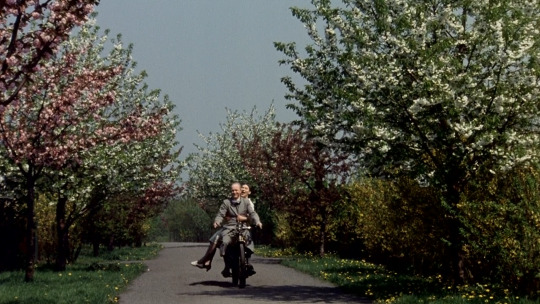
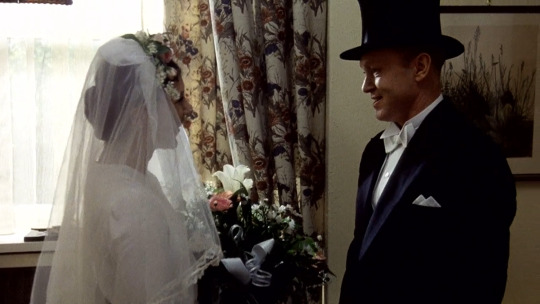

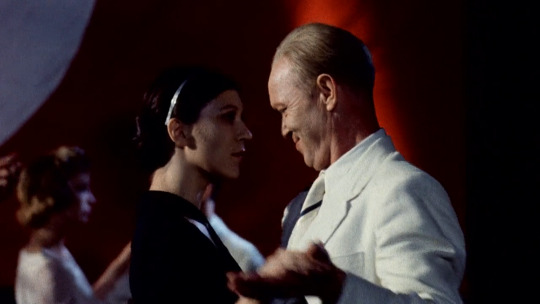

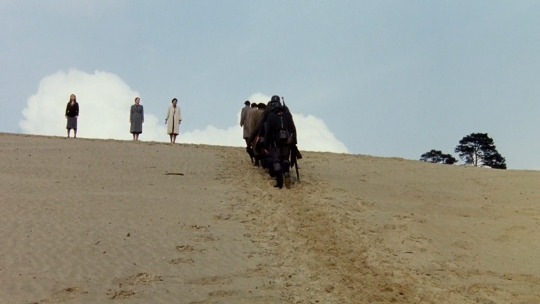



Germany Pale Mother | 1980 | Helma Sanders-Brahms
#Deutschland bleiche Mutter#germany pale mother#helma sanders-brahms#female directed movies#brecht#women directors#west germany#new german movement#german cinema
15 notes
·
View notes
Text
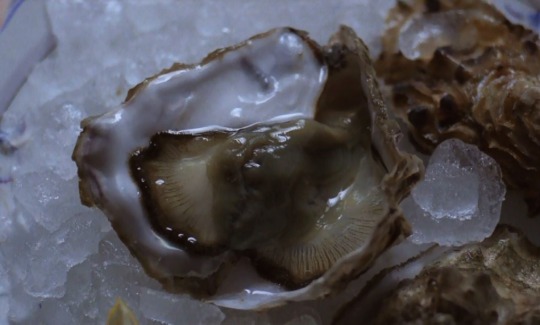


Deutschland bleiche Mutter (Germany Pale Mother | Helma Sanders-Brahms | 1980)
6 notes
·
View notes
Photo






No Mercy No Future (1981)
Helma Sanders-Brahms
23 notes
·
View notes